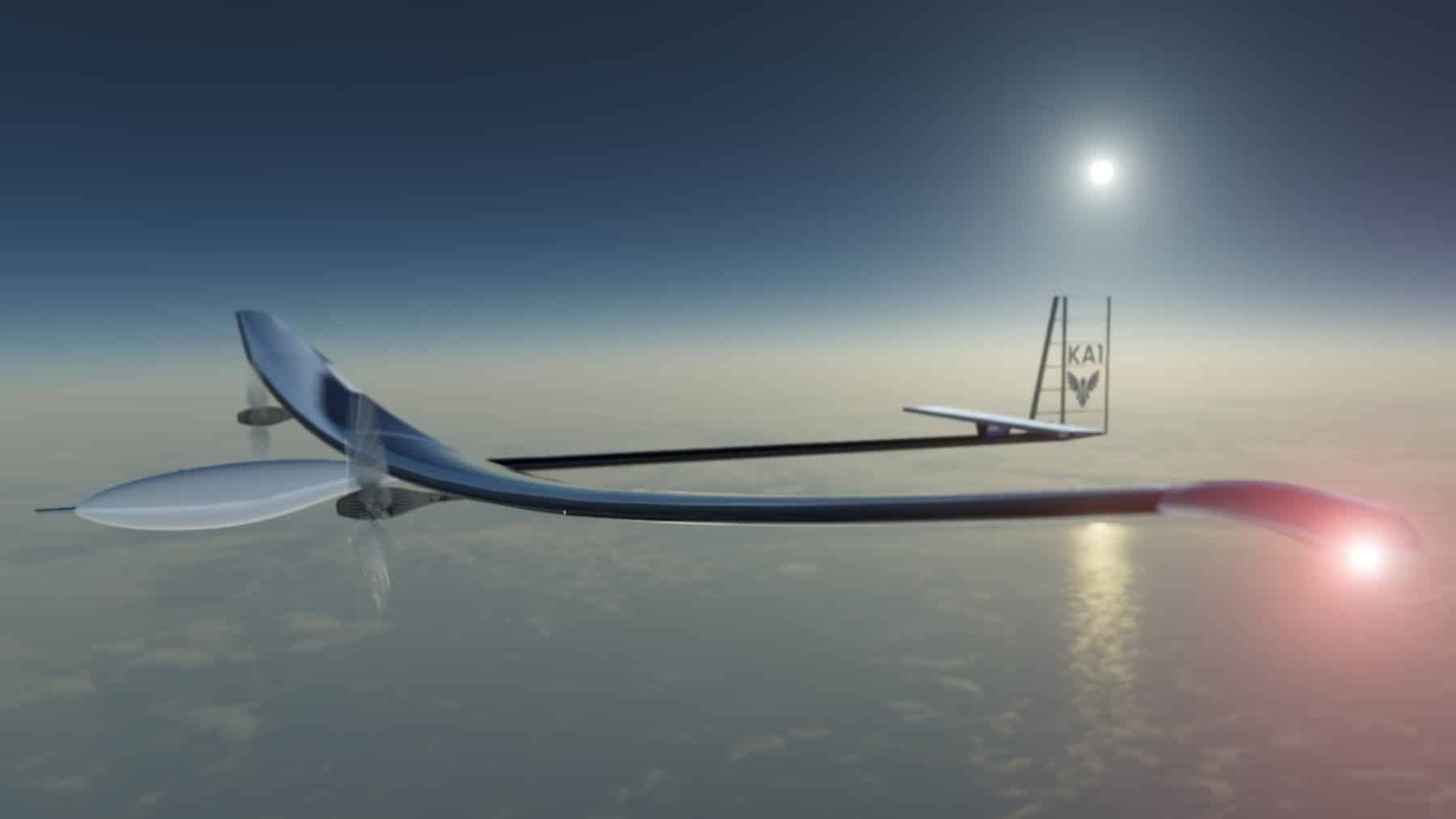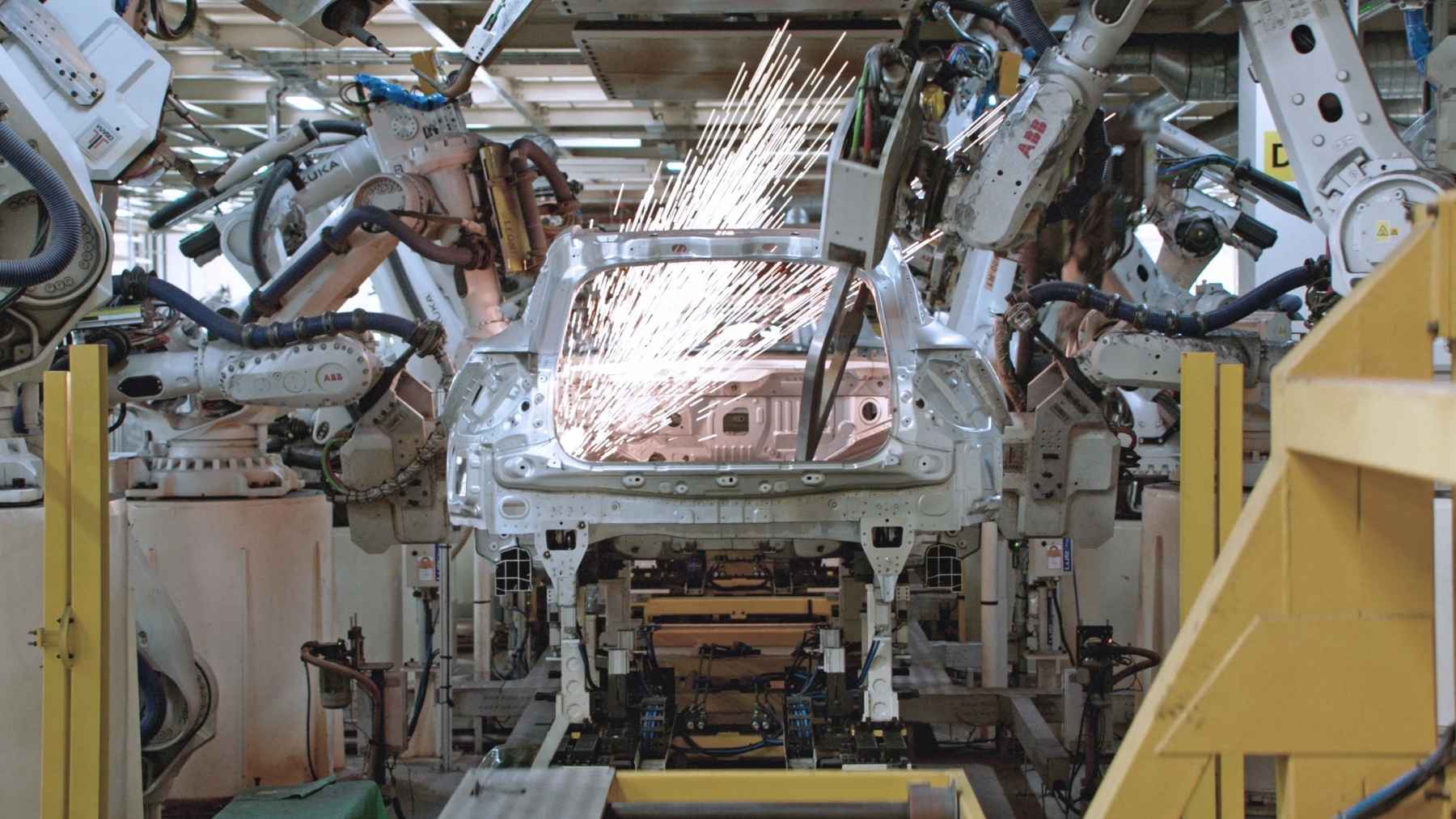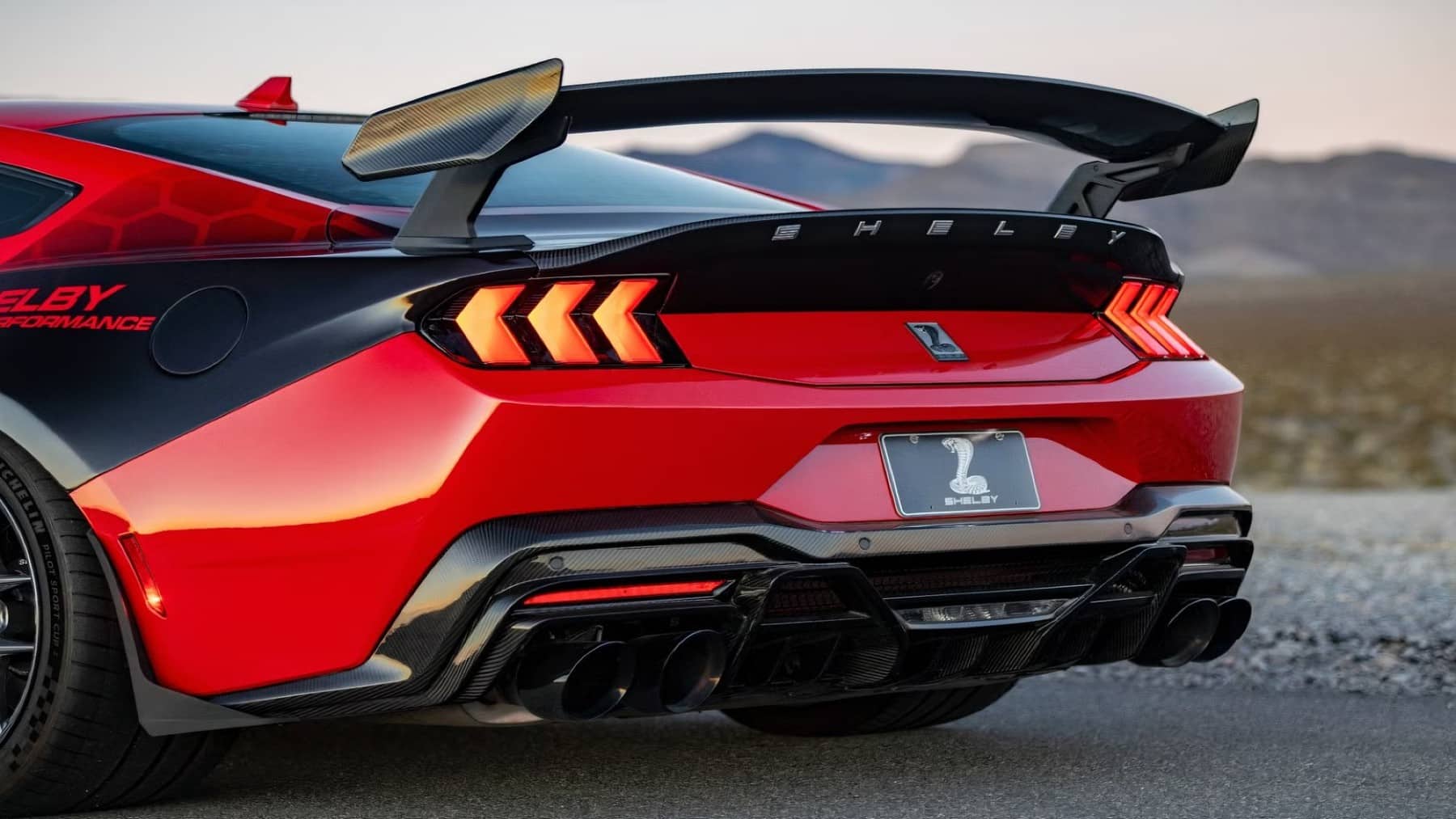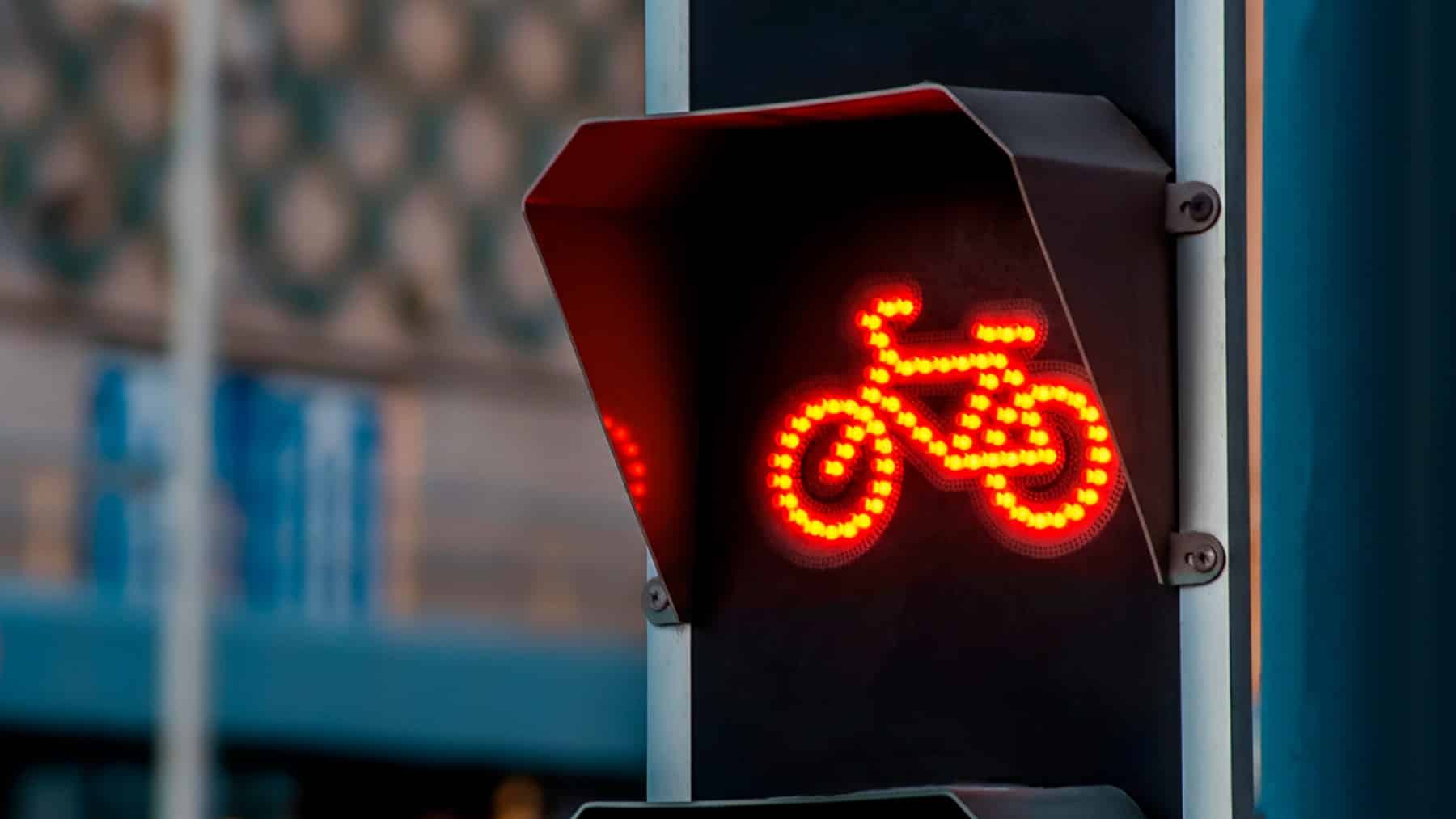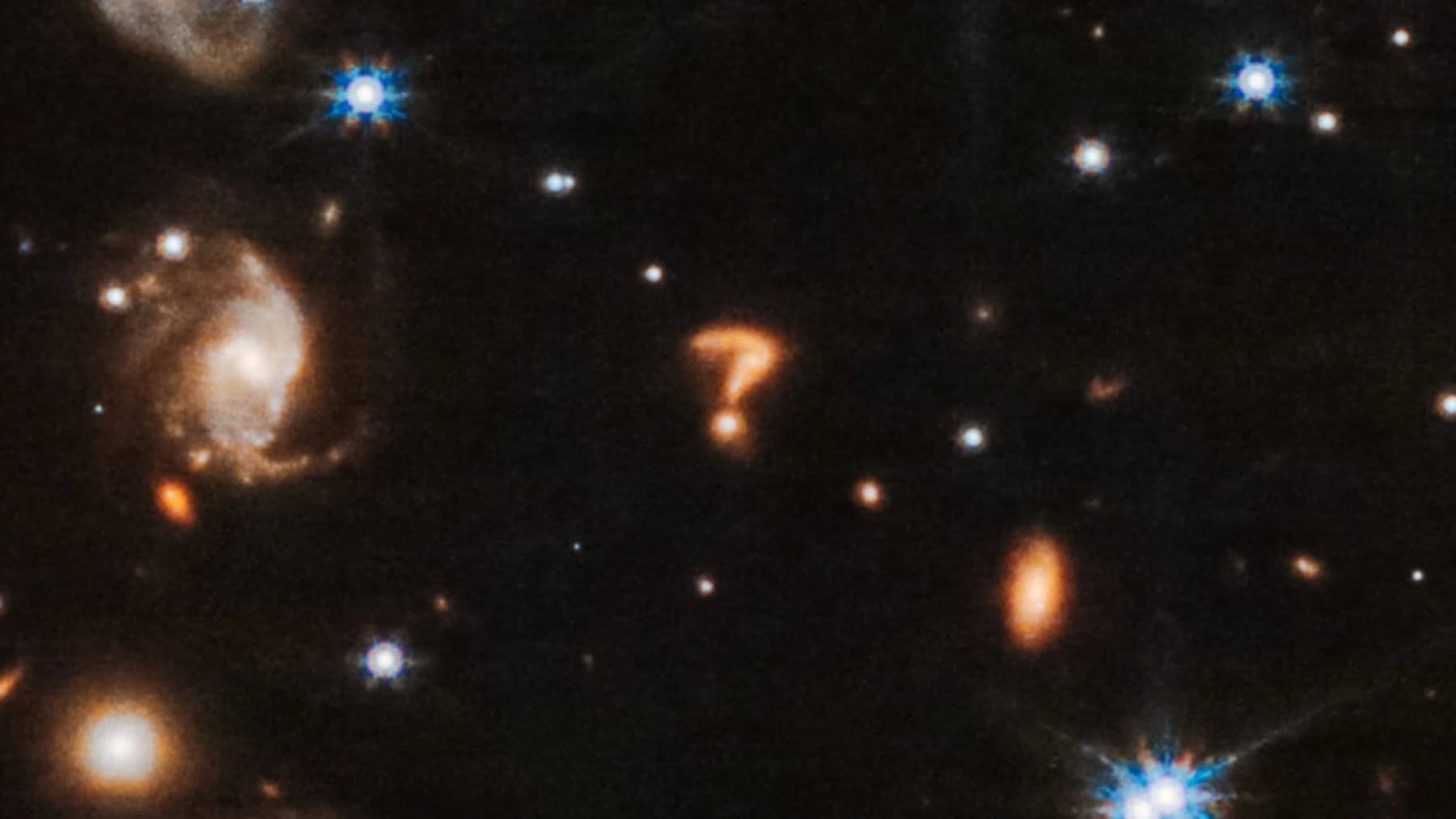Kea ATMOS is skipping airports and, in doing so, is revolutionizing aviation. Rewriting some core rules of flying, the Kea Aerospace’s ATMOS UAV will fly for months on end before landing. Containing solar-harvesting wings and a 12,5 wingspan, the aircraft shows that there is no longer a need for airports when the plane relies on sunlight alone. Kea Aerospace, in partnership with Li-S Energy, is reworking what the future of high-altitude flights could be like.
Flights at new heights and a whole new era of flying
Kea Aerospace was founded in Christchurch, New Zealand, and the company developed the ATMOS series. The ATMOS series is a fleet of High Altitude Platform Station (HAPS) aircraft created for reaching high altitudes of about 55,000 to 65,000 feet. Not only will these aircraft reach greater heights, but they will stay airborne for longer periods.
High-resolution images will be derived from ATMOS drones delivering constant surveillance. Kea’s overall goal entails taking into consideration a whole host of commercial and governmental needs. Despite the aircraft flying above the weather, this energy model can be set apart from the rest.
During daylight hours, the ATMOS will be fully powered by the sun. During the evenings, the aircraft will be battery-powered. The collaboration with Li-S Energy means that the aircraft’s batteries are some of the most powerful batteries on Earth.
The lithium-sulfur brains behind the battery
An Australian innovator, Li-S has created innovative battery technology in partnership with Kea Aerospace. On offer are lightweight batteries made of lithium-sulfur (Li-S). The batteries produce twice the energy density of traditional lithium-ion cells without having to rely on rather harmful materials like cobalt.
Since battery weight is linked to flight time, reducing the batteries’ mass was the decision taken to ensure longer flight missions that cover a greater area reliably. The battery weight was created with the idea of an aircraft that needed to operate for weeks and months without landing.
Integration will occur initially in the ATMOS Mk1 and thereafter in the Mk2 version, set to achieve continual flights that are months long. With sunlight powering the batteries during the day, the batteries will be recharged so that power can be drawn from these batteries during the evening, ensuring a consistent loop of solar-powered endurance. The Kea-Li battery reliance is one of the most advanced feats ever dared in terms of aviation history.
What results from Kea Aerospace and Li-S’s superb technology?
An aviation achievement in its own right results from the partnership between KEA Aerospace and Li-S that shifts the way we think about global aviation, remote sensing, and clean energy. However, ATMOS can also function as a satellite. While staying up in the sky for months, the aircraft can engage in data collection. Furthermore, KEA’s aircraft can soar through the skies without resulting in any emissions. This aircraft is thus far more sustainable than shorter-haul flights.
The best part is that the aircraft does not constantly need to be refuelled. Breaking all airport and logistic rules, this aircraft can simply keep going, drawing power from sunlight and powerful batteries. Like the Kea ATMOS, the BlackBird, which is not a plane or a drone, is showing remarkable performance in the skies.
An aircraft set to soar far beyond the skies
With Kea Aerospace’s ATMOS aircraft soaring higher than a drone, it is setting the standard for sustainable flights of the future. Traveling at 65,000 feet, credit must be given to Kea Aerospace and Li-S, who looked at solar power and the creation of the next generation of batteries for the aviation industry.
Now that solar wings are soaring higher above the skies for months on end, airports can be rendered completely obsolete. Another aircraft flying high above the rest is PHASA-35, which goes beyond planes at 65,000 feet and dodges airports completely.
Disclaimer: Our coverage of events affecting companies is purely informative and descriptive. Under no circumstances does it seek to promote an opinion or create a trend, nor can it be taken as investment advice or a recommendation of any kind.
